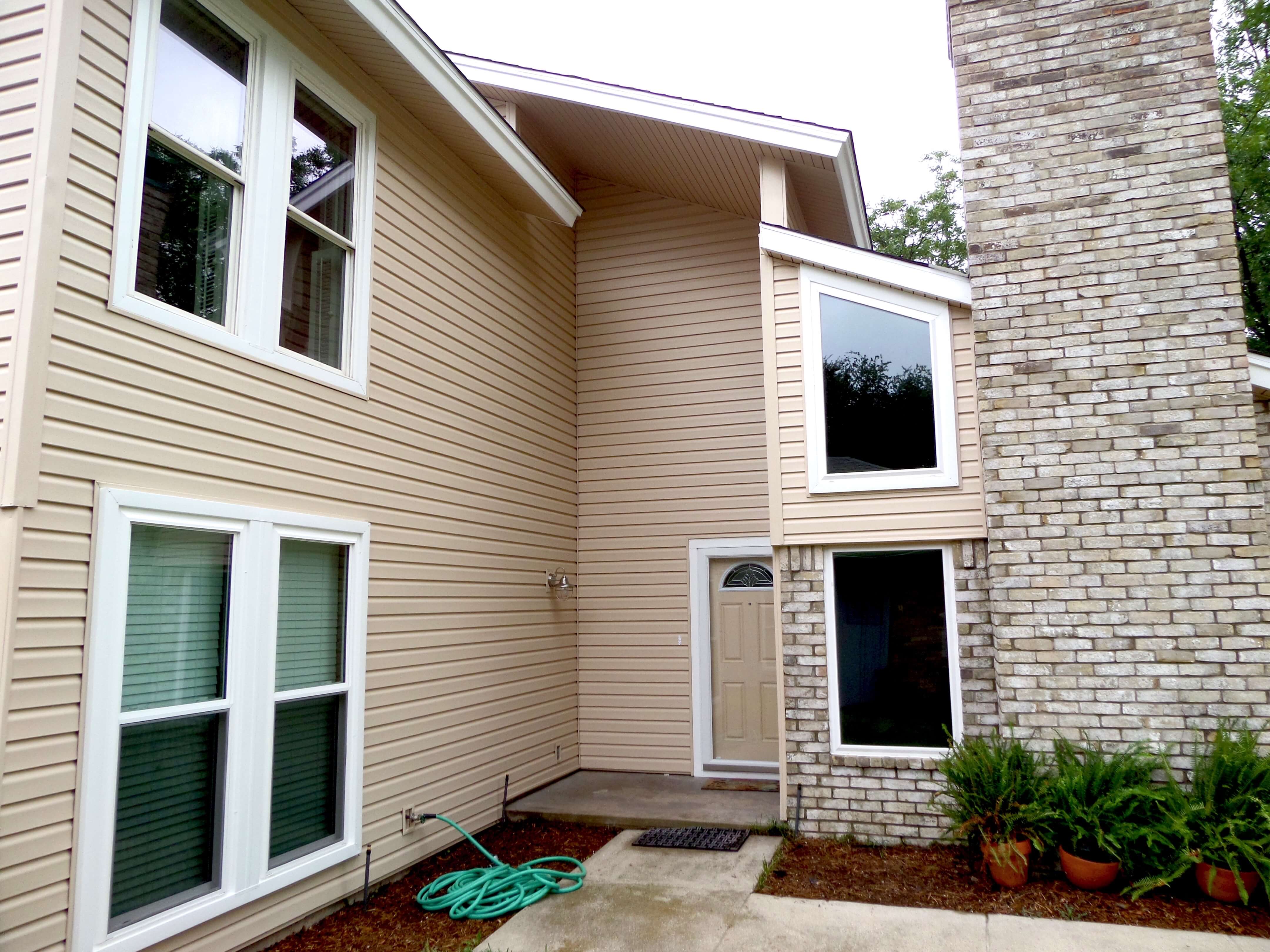Our "Maximizing Natural Light with Energy Efficient Windows" PDFs

Check For Updates are a great assets for any property owner. They may aid decrease your energy expenses, lower your carbon impact, and enhance the comfort of your house. Having said that, selecting the ideal electricity effective windows for your temperature may be a daunting duty. In this post, we will definitely explore some aspects to think about when selecting the greatest electricity effective home windows for your residence.
1. Climate Zone
The 1st aspect to look at when opting for power efficient home windows is your weather zone. The United States is divided in to four temperature zones: hot-dry, hot-humid, cool and mixed-humid. Each area has different requirements for energy efficiency.
In hot-dry weather like Arizona and Nevada, home windows along with reduced photovoltaic warm gain coefficient (SHGC) scores are ideal as they reduce warmth increase from the sunshine. Hot-humid regions such as Florida and Texas need home windows with low U-factor ratings to lessen warm reduction in winter months months.
For colder regions like Alaska and Minnesota, high U-factor rankings are required to keep warmth in the course of winter months while still permitting sunlight in through the home window.
Last but not least, mixed-humid environments such as Tennessee and North Carolina demand both reduced SHGC and reduced U-factor rated windows due to their varied in season climate patterns.
2. Window Style
The following aspect to think about is window kind. There are numerous styles of windows accessible that supply different amounts of power productivity such as double-pane or triple-pane windows with shielding gasoline dental fillings like argon or krypton between them.
Window or awning style windows supply better air-tightness than moving or single-hung types which can easily drip sky around the sash. In addition, double installed tilt-in waistbands permit for simpler cleansing even though additionally supplying an air-tight tape when closed.
3. Structure Components
Home window structures likewise participate in a significant function in overall electricity productivity performance. Frames created of plastic or fibreglass have come to be increasingly preferred due to their protection to temperature changes which can easily result in twisting.
Hardwood frameworks have a timeless appeal but call for even more upkeep and are vulnerable to decomposing or twisting over opportunity. Light weight aluminum structures are tough and durable but can easily perform warm or cool, making them less electricity reliable than other materials.

4. Energy Star Ratings
Energy Star is a government-backed course that rank the electricity effectiveness of numerous household appliances including windows. Look for home windows along with an Energy Star label which shows that they comply with stringent electricity efficiency standards set through the Environmental Protection Agency (EPA).
5. Installation
The ultimate element to think about when deciding on energy effective windows is appropriate installation. Also the greatest doing windows may stop working if not put up properly, leading to sky water leaks and minimized effectiveness.
Hire an experienced service provider who has actually experience installing energy-efficient home windows in your region. Correct installation techniques consist of caulking and weatherstripping around the home window framework to lower air leakage.
In verdict, deciding on the ideal electricity effective windows for your environment requires factor of numerous elements such as weather zone, home window kind, frame materials, Energy Star ratings, and suitable installation procedures. By taking these factors in to profile, you may produce an informed choice that will certainly aid minimize your residence's carbon impact while likewise saving loan on your electrical bills for years to happen.
